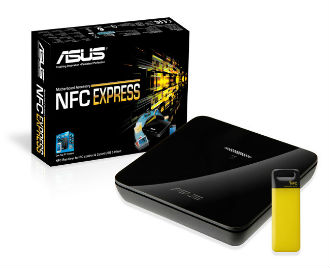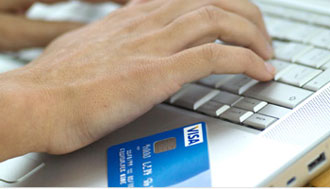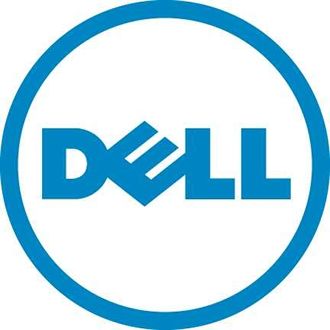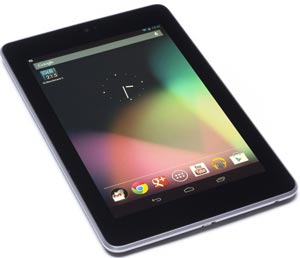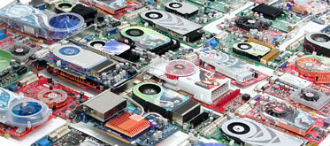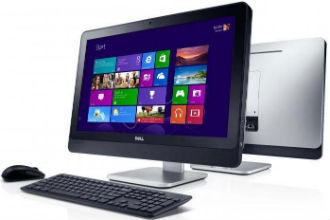 Sales of tablets are skyrocketing and many punters claim they are cannibalising PC sales, which is true to some extent. Tablets are excellent gadgets for media stuff, but in many settings they simply can’t replace the traditional PC.
Sales of tablets are skyrocketing and many punters claim they are cannibalising PC sales, which is true to some extent. Tablets are excellent gadgets for media stuff, but in many settings they simply can’t replace the traditional PC.
According to research firm Techaisle, SMBs are still buying plenty of PCs and tablets can’t tap this market. So the firm believes rumours of PC’s death are greatly exaggerated.
“Those who predict that the PC is dead are not seeing the picture correctly,” Techaisle analyst Anurag Agrawal told Information Week. “They are probably getting carried away by the current wave of tablet adoption.”
Agrawal does not dispute the fact that some people are buying tablets instead of PCs, but this is not a one-for-one replacement. Small and medium size businesses simply can’t replace PCs with tablets.
Techaisle found that 68 percent of American SMBs bought tablets to fill new or complementary functions. Only 16 percent of them bought tablets to replace traditional laptops.
Most tablets in SMBs are used as complementary devices and 70 percent of British SMBs say tablets won’t replace their PCs.
Tablets can be a valuable asset for SMBs, especially in some industries, but PCs will continue to dominate the SMB IT landscape. Tablets are more likely to replace credit card readers and POS systems than PCs.
The real problem for PC vendors is that SMBs and just about everyone else don’t really have much of an incentive to upgrade. PCs last a lot longer than they used to just a few years ago, so many companies buy new PCs only when they have to, that is, when they die.
“There are no compelling reasons based on technology advancements alone for a business to buy a new PC or replace an older one,” Agrawal said. “However, businesses are still buying PCs as per their needs.”
Maturity appears to be killing the PC market, not tablets.



